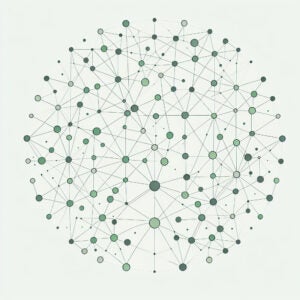“On TV And Video” is a column exploring opportunities and challenges in advanced TV and video.
Today’s column is written by Jane Clarke, managing director and CEO at the Coalition for Innovative Media Measurement (CIMM).
The distribution of “premium” content across multiple platforms – from linear TV to VOD to digital video and CTV streaming apps – is driving the growth of “converged TV” and supporting monetization models.
This growth brings new challenges for measurement in the year ahead.
Addressable linear TV, for example, needs spot-level measurement, which will require second-by-second data. But the current C3 metric averages all ad minutes in a program. To that end, Nielsen recently announced that it will be updating C3 measurement in 2022 to provide individual commercial ratings. Additionally, large granular data sets will be needed to plan, buy and evaluate advanced audiences as the industry moves away from age/gender guarantees.
Still, effective converged TV measurement will enable better planning and optimization by providing insight into cross-platform viewing by demographic and advanced audience segments. It will also enhance ad audience measurement by counting and verifying the unduplicated reach and frequency for campaigns across platforms using comparable metrics. These same data sets will enable better attribution assessment by matching data to KPIs.
But to accomplish this, measurement solutions need these four fundamental building blocks.
Building block #1: TV “census-like” data
Census-like data can be derived from standardized real-time smart TV (ACR) and set-top box (STB) scaled ad-tuning data, federated for national representativity. But for the most comprehensive and accurate measurement of audiences, these data sets need to be combined. Each has strengths and weaknesses.
Integration of these two data sets presents a challenge. But it can be done. And it would bring us nearer to the census-like data required.
Building block #2: Digital census data
Currently, there is a complex flow of ad and content exposure data in the digital video and app ecosystem. Digital census data is captured in different ways, resulting in most data not being standardized.
But measurement standardization is critical. It requires uniform impression qualifiers across all forms of TV and streaming, common second-by-second metrics and consistently applied Ad-IDs.
Building block #3: Panels and digital data sets
When using census-like TV data, it’s essential to assign people to machine-tuning data. It’s also vital to model data gaps such as over-the-air (OTA) viewing. Currently, the primary approach is through panels.
Panels can’t be the centerpiece of future audience measurement solutions because they can’t capture fragmented media usage. But they will continue to be important for calibration and for modeling gaps in big data.
Large TV and digital data sets will need to be the centerpiece of new solutions. Panels, meanwhile, will serve a more complementary role.
Building block #4: ID resolution
Solutions for IDR are the glue between content and ad exposures across converged TV and other media. They are typically based on households, persons or device resolution to underlying PII.
Given the variety of IDR providers, it’s important to enable interoperability between ID solutions in order to connect data sets using different ID-graphs. There is also a need for transparency in models to account for missing device IDs & IP addresses.
Building on the basics of measurement
A growing number of companies are working to assemble all the building blocks needed for converged TV audience measurement, including the creation of “reach models” to project deduplicated reach. There are also companies assembling these building blocks, but primarily for converged TV or cross-channel attribution without a reach model.
As solutions continue to emerge, these core building blocks will determine the effectiveness of measurement methodologies – and whether they can enable buyers and sellers to realize the full potential of converged TV.
Follow CIMM (@CIMM_NEWS) and AdExchanger (@adexchanger) on Twitter.














